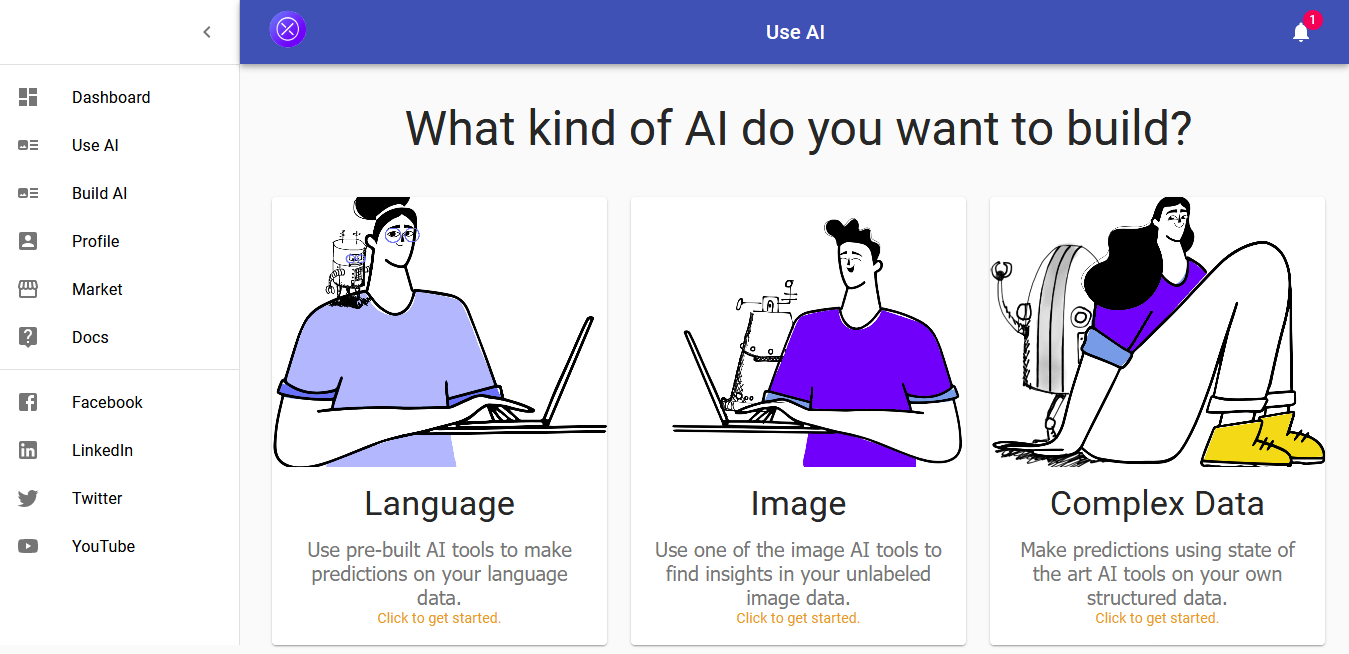Analysing famous speeches using Metaranx - an AI no code platform

Update - Metaranx is unfortunately no longer operational, but there are several other platforms which can do this.
I recently received an invite from Metaranx to try out their new platform, an AI no code tool which currently lets users analyse the emotional sentiment of text using pre-built AI tools.
I decided to try out the tool by analysing parts of two famous historical speeches – the “We shall fight on the beaches” speech, which British Prime Minister Winston Churchill gave to the House of Commons in 1940, and the ‘Quit India’ speech given by the anti-colonial Indian nationalist, Mahatma Gandhi. Two politically charged speeches, which were specifically delivered to elicit emotions in their followers.
As part of its launch, Metranx gave out $10 worth of credit, which allows you to use the platform. $10 seemed quite generous from Metaranx, as each sentence costs only a few cents to analyse.

For the first speech, I used this part:
Even though large tracts of Europe and many old and famous States have fallen or may fall into the grip of the Gestapo and all the odious apparatus of Nazi rule, we shall not flag or fail. We shall go on to the end. We shall fight in France, we shall fight on the seas and oceans, we shall fight with growing confidence and growing strength in the air, we shall defend our island, whatever the cost may be. We shall fight on the beaches, we shall fight on the landing grounds, we shall fight in the fields and in the streets, we shall fight in the hills; we shall never surrender, and if, which I do not for a moment believe, this island or a large part of it were subjugated and starving, then our Empire beyond the seas, armed and guarded by the British Fleet, would carry on the struggle, until, in God’s good time, the New World, with all its power and might, steps forth to the rescue and the liberation of the old.
As you can see, this is a very emotionally charged section of the speech, and the part for which the speech is remembered for. Metaranx separates each sentence in order to be able to analyse it better. It then shows the sentiment; which refers to the emotion (positive or negative) in the sentence, and to the magnitude which is the amount of emotion in the text.
Try to guess where every sentence falls into – does it show positive or negative emotions? Then compare the result to the analysis by Metaranx.

The result from the first three sentences, seem to fit in within emotional stance of the speech. ‘States surrendering to the Nazis’ is given a negative score, while ‘fighting to “defend our island”’ was given a 30% positive emotional score. At the same time however, the most famous sentence in the speech did not elicit a response at all. This might be because of the length of the sentence itself, but I still found it strange.
Now, the ‘Quit India’ speech:
“Ours is not a drive for power, but purely a non-violent fight for India’s independence. In a violent struggle, a successful general has been often known to effect a military coup and to set up a dictatorship. But under the Congress scheme of things, essentially non-violent as it is, there can be no room for dictatorship. A non-violent soldier of freedom will covet nothing for himself, he fights only for the freedom of his country. The Congress is unconcerned as to who will rule, when freedom is attained. The power, when it comes, will belong to the people of India, and it will be for them to decide to whom it placed in the entrusted.”
And the result:

Although both speeches talk about resistance and fighting against an enemy, the paragraph from Gandhi’s speech seems heavier and has a larger magnitude because of the words used.
All in all, I believe that Metaranx has the potential to grow into a useful tool for marketers and researchers. It is still in its early stages, and there definitely has to be some improvement in the AI. The analysis provided is currently too much based on the definition of single words and the implicit emotion they bring up. Use of words like violent, even when the prefix ‘non-’ is added, automatically registers as a negative emotion. Other than that, I really look forward to the full version of the platform, especially to test out the image analysis section.



